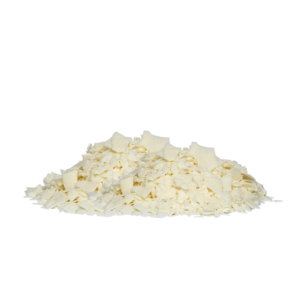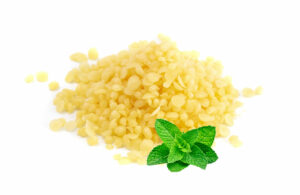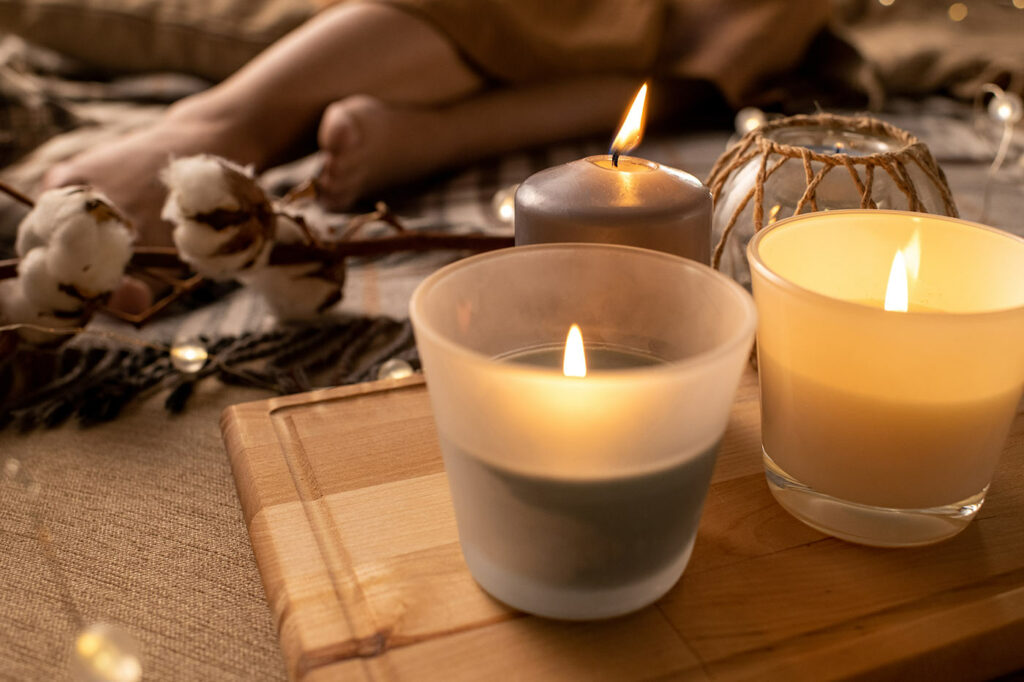Best Wax for Candles: How to Choose the Right One for Your Project
When it comes to candle making, one of the first and most important choices you’ll make is the type of wax you use. The phrase “best wax for candles” gets tossed around a lot, but the truth is—it depends on what kind of candle you want to make, your values, and even your budget.
In this guide, we’ll break down the most common types of candle wax, how they differ, and which one might be the best fit for your next batch.
1. Paraffin Wax
Best for: Strong scent throw, vibrant colors, affordability.
Paraffin wax is the most commonly used wax in the world. It’s a byproduct of petroleum, which makes it widely available and cost-effective. One of its biggest strengths is its ability to hold fragrance and color exceptionally well.
Pros:
- Great scent throw
- Holds vibrant colors
- Available in different melt points (ideal for containers, pillars, votives, etc.)
- Affordable and easy to work with
Cons:
- Not considered natural
- Can produce soot if the wick or container is poorly matched
Paraffin is a solid option if you’re making candles to sell and want consistent results at scale. It’s also great for beginners because of its forgiving nature.
2. Soy Wax
Best for: Eco-conscious crafters, smooth container candles, clean burn.
Soy wax is made from hydrogenated soybean oil. It’s biodegradable, renewable, and burns slower than paraffin, which makes it appealing to many hobbyists and natural-product lovers.
Pros:
- Natural and plant-based
- Burns clean and slowly
- Minimal soot when used correctly
- Good for containers
Cons:
- Can frost or discolor over time
- Slightly weaker scent throw compared to paraffin
- Not ideal for pillar candles without additives
If sustainability is high on your list, soy wax is one of the best waxes for candles you can choose.
3. Beeswax
Best for: Natural, toxin-free candles with subtle scent.
Beeswax is the oldest candle-making wax and comes straight from beehives. It’s known for its golden hue and natural honey-like scent.
Pros:
- 100% natural
- Long, clean burn
- Naturally scented
- Minimal dripping
Cons:
- More expensive
- Can be difficult to color or scent artificially
- Limited flexibility for some candle types
Beeswax is perfect for artisanal, high-end, or spiritual candles, where natural ingredients are a priority.
4. Coconut Wax
Best for: Luxury candles with smooth finishes.
Coconut wax is newer to the market and made from coconut oil. It burns clean, holds scent well, and blends nicely with other waxes like soy or beeswax.
Pros:
- Smooth appearance
- Excellent fragrance throw
- Sustainable sourcing
Cons:
- Hard to find as 100% coconut (usually part of a blend)
- More expensive
It’s a great choice if you’re looking to create high-end candles with a strong brand story.
Final Thoughts
So, what’s the best wax for candles? It depends on your priorities. If you want maximum scent throw and vibrant colors, paraffin is a strong contender. For a cleaner, eco-friendly option, soy or beeswax may be better. And for luxury or premium candles, coconut wax (or a custom blend) offers a beautiful finish.The key is to test and find what works best for your candle goals. Don’t be afraid to experiment—and remember, the best wax is the one that helps you bring your vision to life. Contact us today for more information.



